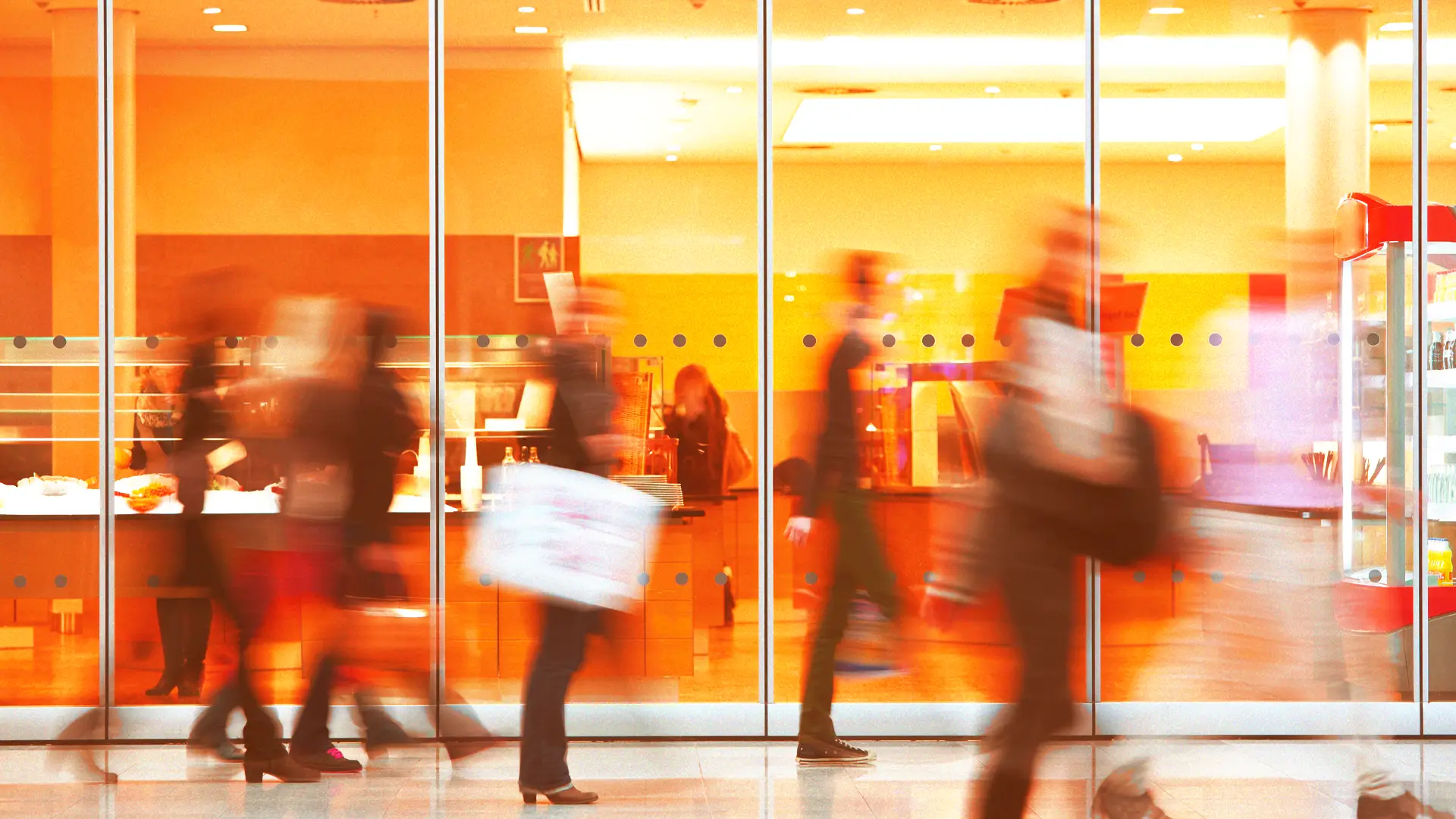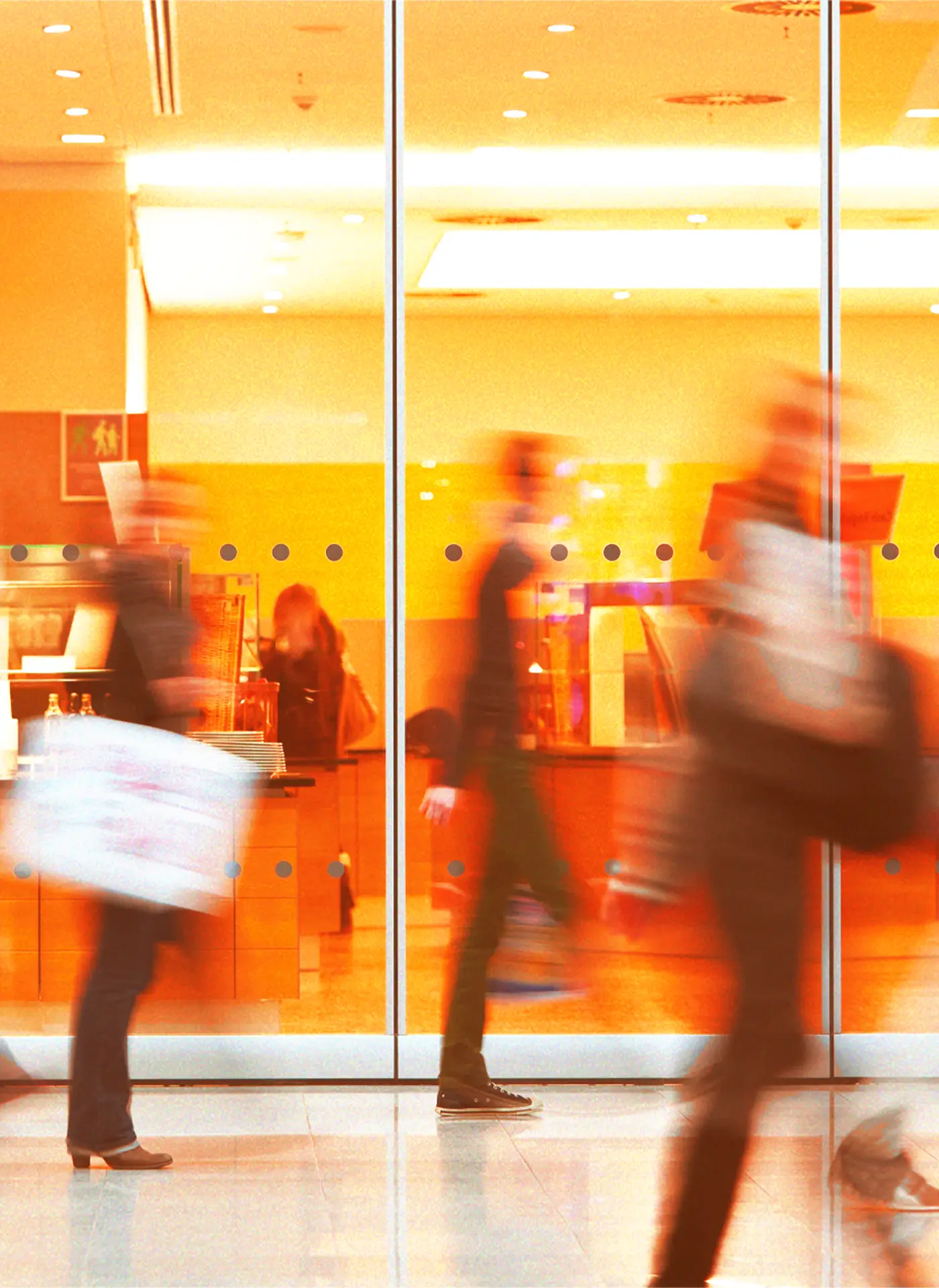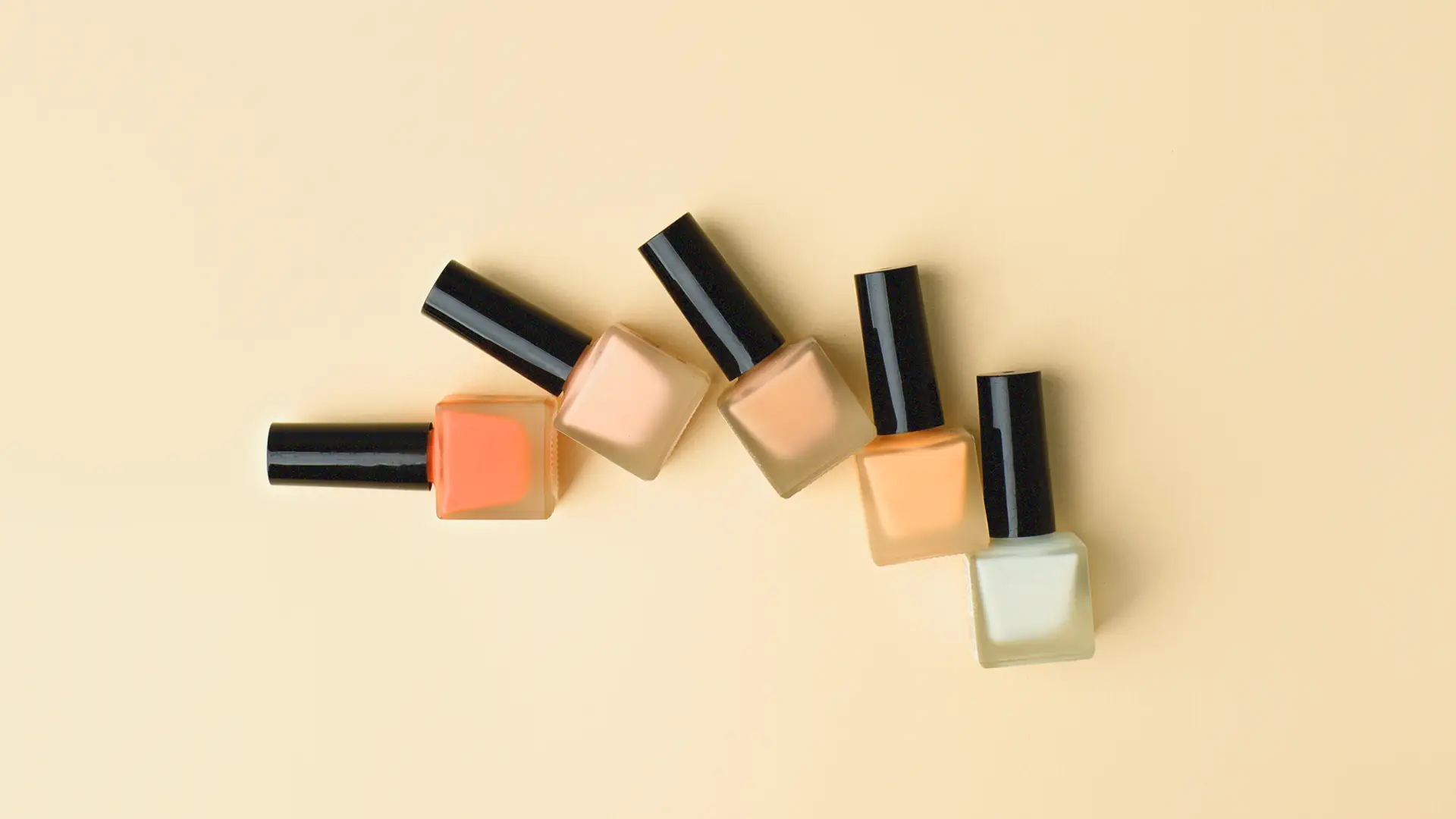Key Takeaways
- Humanlike interaction through expert-informed AI conversations, live shopping, and in-person experiences overwhelmingly help brands gain consumer trust.
- Conversational commerce, supported by AI and personalization efforts, significantly improves customer engagement and sale conversion rates.
- Live shopping is here to stay, and its boom proves how human conversations and recommendations are the secret to high sell-through rates.
- Customers want to feel the warmth and soul behind a brand—its character, voice, and spirit—through video, real-life sensory experiences, and seamless omnichannel retail experiences.
Listen: Why 2025 is the year of human connection in retail.
With intense societal divisions and our ability to virtually run our entire lives from behind a screen, individuals crave genuine human connection more than ever. And this desire is prominently displayed through trends within the fashion and beauty industries. Whether the interaction takes place online or in person, it’s clear that fashion and beauty shoppers value omnichannel retail experiences that prioritize personalization, human-to-human conversation, and social (commerce) engagement. Conversational commerce is the future of retail. Its success hinges on companies building and maintaining this multifaceted emotional connection with their customers.
Establishing this relationship cultivates consumer trust—the secret to healthy conversion rates and brand loyalty. Customer trust can be built in several ways, from social proof to brand education and one-to-one conversations. According to a 2024 survey, shoppers place more trust in online reviews than in the opinions of friends and family. Human-centric AI retail features, like a personal shopping chatbot and live shopping, can boost conversion rate up to 30%. Plus, brands with strong digital communities have an edge when they can take these customer relationships offline. Branded restaurants, cafés, and in-person activations are all the rage.
Let’s explore some of the 2025 retail shopping trends that can help companies within the fashion and beauty industries leverage the power of human connection. Read on to see more ways to cultivate enduring customer engagement and sales.
Conversational commerce as a driver of personalization and frictionless customer journeys
Unsurprisingly, customers desire to be catered to on an individual level. Among brand email recipients, 73% of customers prefer to buy from brands that use their information (yes, really) to personalize their shopping experiences. Plus, 78% are more likely to be repeat buyers if a brand provides more personalized offers.
Conversational commerce offers one of the most seamless, convenient, and often almost human-like avenues for a brand or retailer to offer (and scale) its personalization efforts. Two popular ways to integrate conversational commerce include AI retail support and messenger marketing. Some popular ways that companies use AI to enhance their customers’ shopping experiences are:
- AI chatbot (personal assistant, fashion stylist, beauty consultant, etc.).
- AI try-on features and personalized recommendations.
- Size-, fit-, or shade-finder tools.
For mass customer service optimization and their personalization efforts, companies should consider integrating AI chatbots across their retail channels. Many fashion and beauty brands, such as Tommy Hilfiger, Levi’s, and Sephora, were early adopters of AI in retail commerce. Sephora Virtual Artist, released in 2016, was primed with comprehensive data on the retailer’s stock of product information and customer interactions to offer detailed and tailored recommendations. Therefore, shoppers could get their specific needs addressed and have answers informed by other customers’ pain points—all without actually waiting to speak to another person on the other side of the screen. The results? Sephora Virtual Artist helped increase sales conversions by 25% and prompted a 44% higher customer engagement satisfaction rate. The beauty retailer’s AI chatbot can also handle 2% of routine customer inquiries, reducing the workload for human customer service agents by 35%. This solution leaves more customer service agents available to answer their more complex questions, allowing more shoppers to enjoy quicker responses and more engaged, thoughtful answers that could result in a purchase.
While AI chatbots require inbound inquiries, a more proactive approach to AI personalization efforts can lead to more significant results. BABOR, a German skincare company, implemented two AI-driven personalized product recommendation tools for first-time customers (Skin Advisor) and customers post-purchase (Skin Coach). In the fourth quarter of 2023, BABOR saw that 82% of customers who used Skin Advisor converted compared to those who didn’t interact with the brand’s AI tool. And the customers who purchased after using Skin Advisor had a 19% higher average order value (AOV). Skin Coach saw an approximate 102% higher conversion rate, and the average order value was 47% higher than for customers who did not use either tool (in the same fiscal quarter). Even more significantly, BABOR customers who first used Skin Advisor and then Skin Coach converted 442% higher than those who did not use either tool.
Personalization is an essential tactic for converting customers, but what platforms are best to help brands share this message? Well-segmented email lists are important. Yet, aren’t you more likely to send or answer a text? So, it shouldn’t be a surprise that the data shows brands can’t afford to ignore WhatsApp. The app has an average 98% open message rate (and a 45-60% click-through rate). As of February 2025, Fashionette (a German luxury fashion retailer) saw a 7.4x higher conversion rate through WhatsApp compared to their most engaged email segment. Plus, the company saw an 18.1% return on ad spend (ROAS) and a 25% higher AOV.
Social commerce sites like TikTok Shop are also responsible for a rapidly increasing percentage of beauty and fashion retail sales. Why? Because 68% of transactions are impulse purchases.
Live shopping becomes pivotal to the customer retail experience
If you liked watching QVC on TV or were heavily influenced by OG beauty YouTubers, chances are you’re already into live shopping (one of the biggest social retail trends of 2025). This interactive shopping format has gone global over the past couple of years—with an already established foothold and success rate in China. Fashion and beauty products currently account for over half of live shopping sales globally. So, no brand or retailer should ignore this trend that’s become an industry mainstay. Here’s what it is for those who are still wondering.
Live shopping is a scheduled livestream featuring a brand, celebrity, influencer, or any creator discussing products that are available to shop from the screen. It bridges the gap between online and in-store shopping to offer the customer the best of both worlds. Live shopping humanizes the online shopping experience without leaving the comforts of your own home. In fact, 82% of customers say they enjoy interacting with the hosts of brands’ live shopping events because it personalizes the shopping experience.
Why fashion and beauty brands should embrace live shopping:
- 71% of consumers are more likely to trust product reviews from livestream hosts than traditional online reviews.
- Shoppers can get information, a review, or a tutorial using the product in real time before purchasing it.
- All the drawbacks of shopping in person—the getting ready, the commute, the pressure to buy something, feeling self-conscious in a physical space, etc.—all disappear.
While the broader fashion industry is still experimenting with live shopping, ZARA and Free People found their footing via partnerships with Bambuser, a leading video commerce platform. Free People has reported high engagement and strong sales numbers, along with fewer returns on items purchased during live-stream shopping events. In September 2024, ZARA expanded its live-streaming platform “ZARA Streaming” to the U.S., U.K., Canada, and select European markets following its success in China.
In the world of beauty, brands like Benefit Cosmetics and Charlotte Tilbury are flocking to TikTok Live Shopping—a platform unofficially dubbed “the QVC for Gen Z.” After joining TikTok Shop in March 2023, Benefit Cosmetics sold over 87,000 in under a year. While the brand eyed triple-digit sales growth on the social commerce platform for 2024, there’s another significant statistic here. Of these product sales, TikTok Live events drove around 40% of the in-app sales in the U.S. For Black Friday in 2022, Charlotte Tilbury partnered with Nirsin for a two-hour live shopping event to promote TikTok Shop-exclusive product bundles. The livestream event was watched by over 65,000 viewers.
Meeting in person is back in style—and it's a feast for the senses
While remote work is still preferred by many, consumers are eager for immersive on-site experiences. Shoppers don’t just want to sort through products that they can browse online. They want a full sensory experience, which would explain why so many luxury brands are investing in cafés and other hospitality-centric collaborations.
In November 2024, Louis Vuitton opened its Le Café Louis Vuitton on 5th Avenue in New York City—and was the hottest reservation in town. Meanwhile, Prada caused a local frenzy with the announcement of another Prada café opening in the city’s SoHo neighborhood. The brand will also be staging a three-day Prada Picnic this March in London’s Covent Garden. Plus, Café Sephora made its bi-coastal debut earlier this year with events in New York City for NYFW and Los Angeles in March.
We guess it’s time for brands to wake up and smell the coffee. For modern consumers, a brand isn’t some faceless entity you buy from—it’s a reflection of values, products, purpose, and people they’re glad to break bread with.
Why the future of omnichannel retail is curated, frictionless, and human-centric
Ultimately, shoppers want to feel seen, at ease, and like they’re part of a community. Brands can succeed by offering customers a comprehensive and qualitative retail experience. Personalizing customer journeys and offerings creates a more frictionless shopping experience and lets customers know you understand their preferences.
Conversations via expert-informed chatbots and live shopping experiences make product recommendations feel more trustworthy. Offering real-life outposts lets customers immerse themselves in the brand’s universe and forges a sense of community. At each touchpoint, loyal customers know there’s always a helping hand—and knowledgeable eyes and ears open—to support their transactions every step of the way.
Latest.

Reimagining org design in the fast-paced new world of AI.
Insights from InsideOut, Leadership & Management, Content & Creative

Meet the new emerging role: AI Trainer
Career Advice, Leadership & Management, Engineering & Technology, Innovation & Emerging Tech, Talent Acquisition & Recruitment

The great AI investment paradox.
Leadership & Management, Engineering & Technology, Innovation & Emerging Tech







